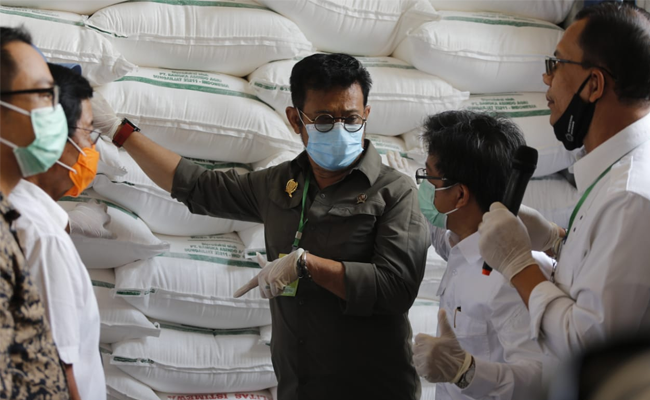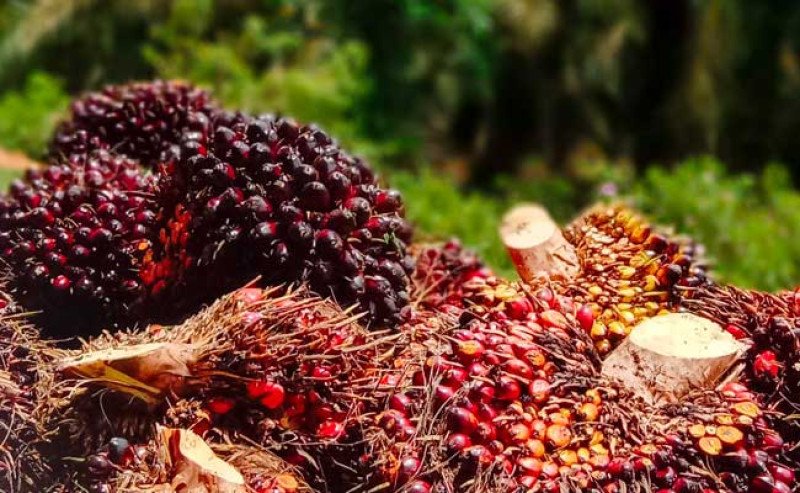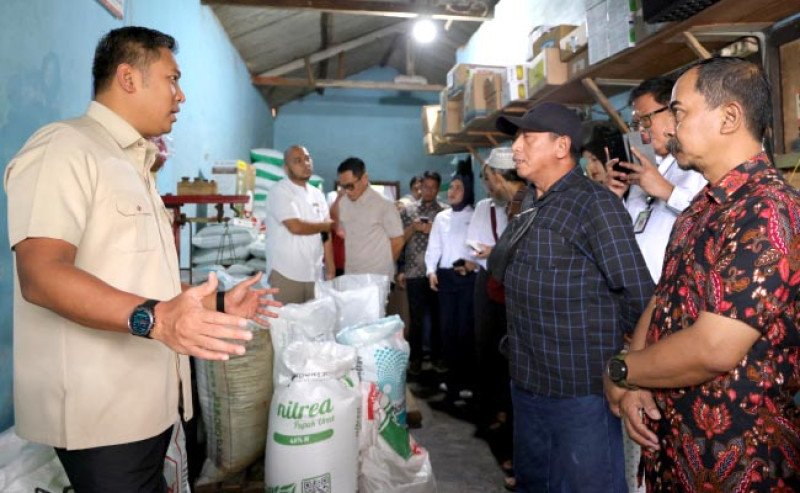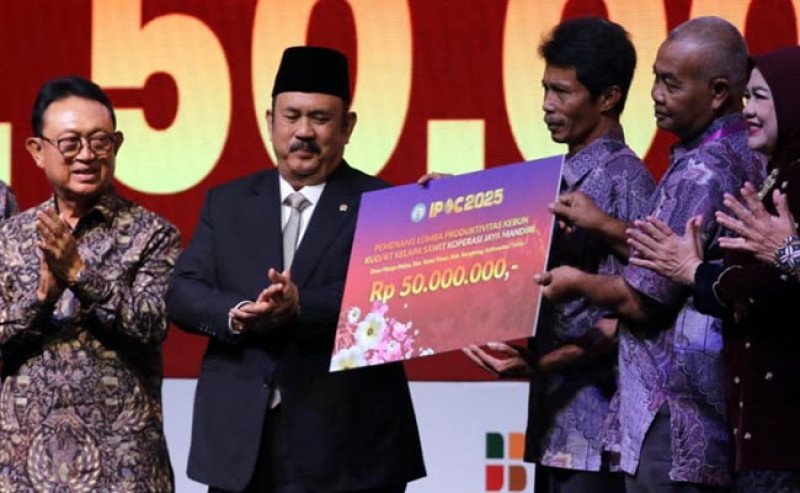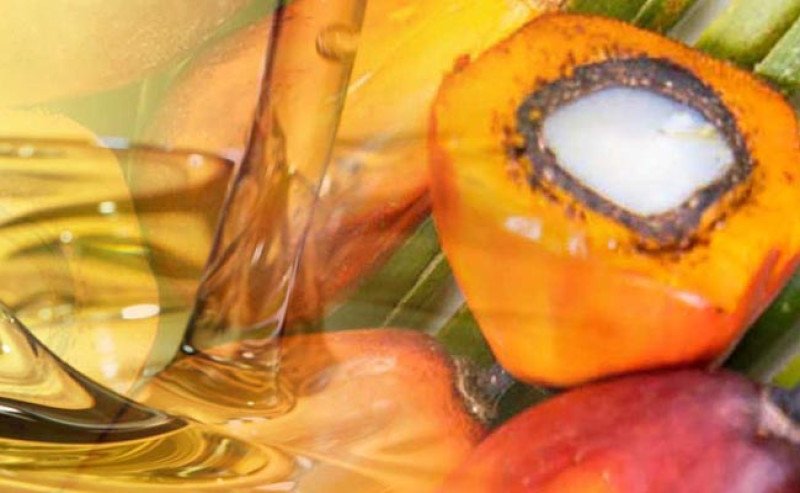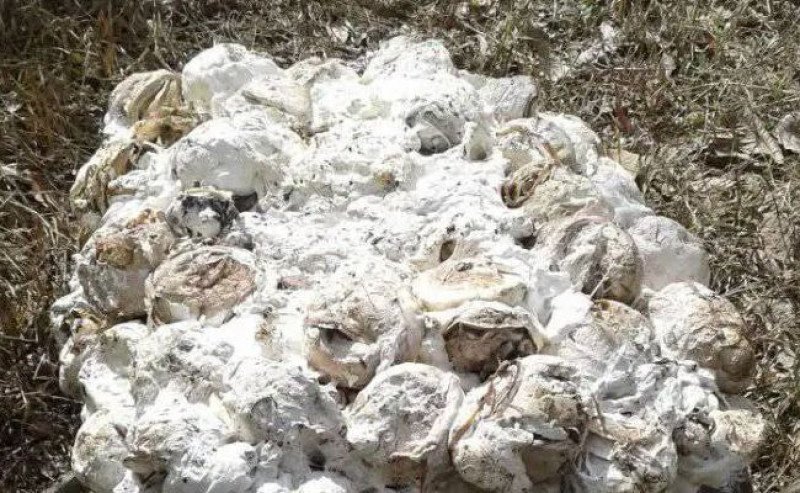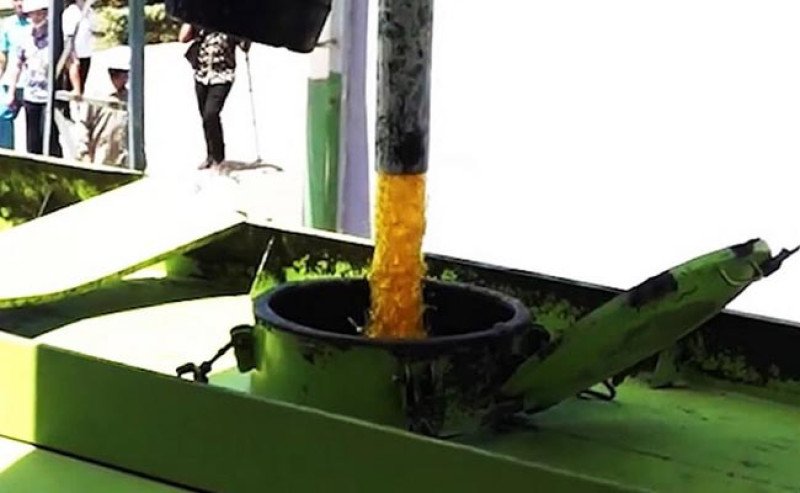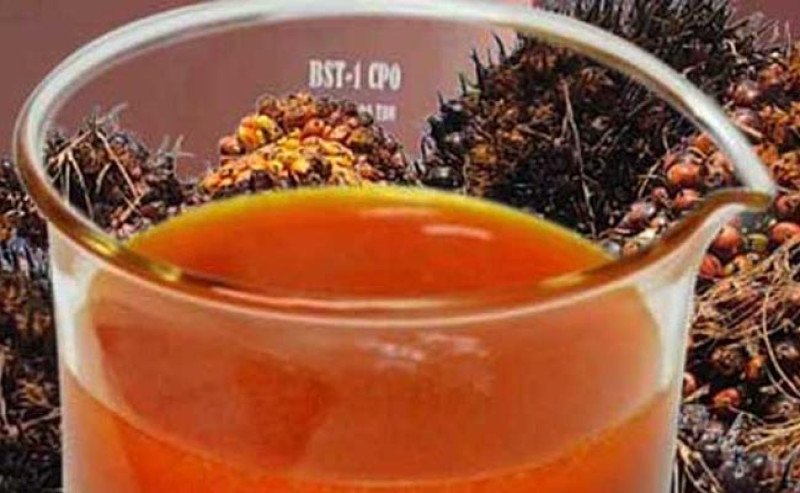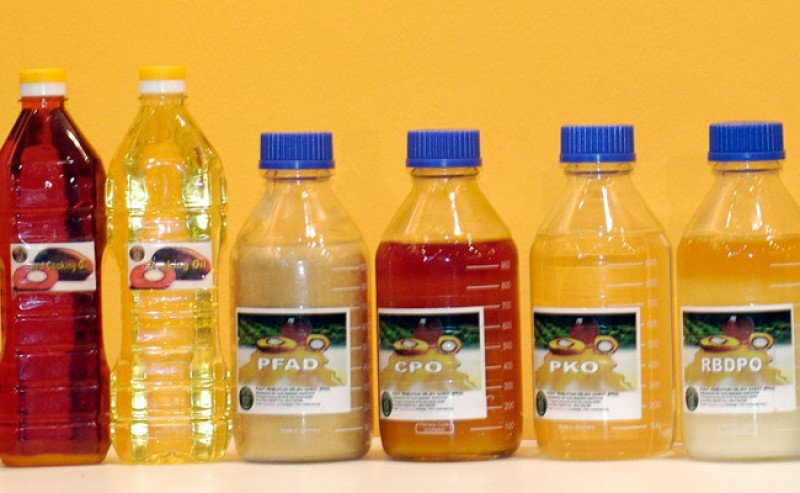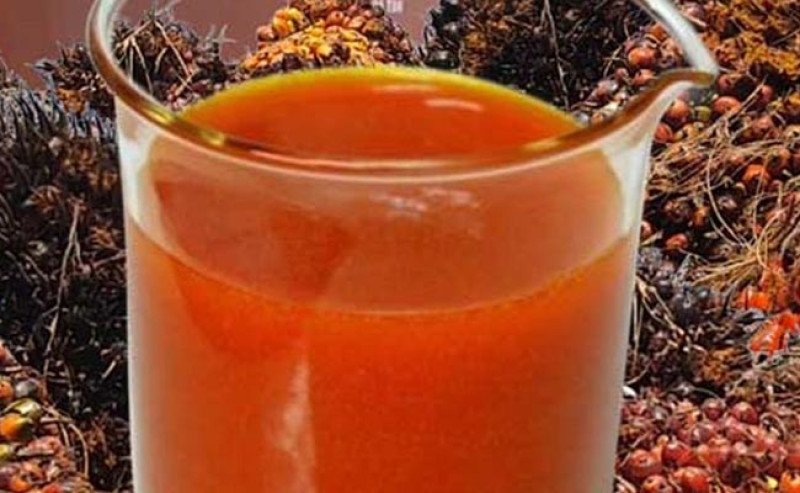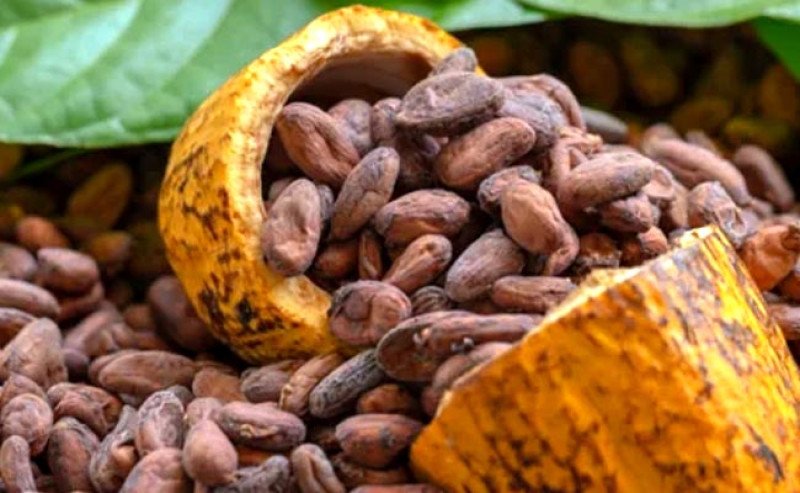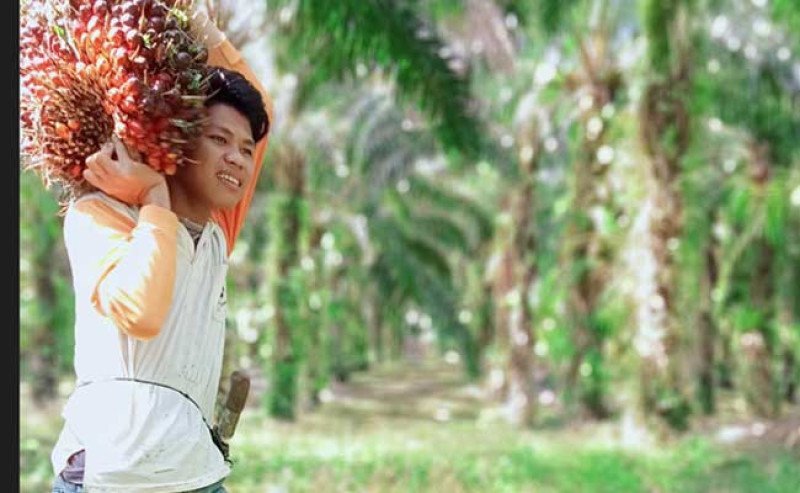Agricom.id, JAKARTA – Minister of Agriculture, Syahrul Yasin Limpo (SYL) keeps doing the best to make the food security better nationally, such as, planting the cassava, developing the tapioca and sago industries. He visited tapioca and sago factory in Bangka Indus, Kepulauan Bangka Belitung (Babel) Province, Saturday (8/8/2020).
Accompanied by Governor of Babel, Erzaldi Rosman, they came to PT. Bangka Asindo Agri (BAA) – the tapioca factory in district of Bangka. Cassava as the food plantation is simultaneously developed as the local food.
SYL told that to maintain the food stocks namely in Covid-19 pandemic, it needs alternative food to develop such as, sago, cassava, bulb, corn, sorghum and others. It is important to make the local food better knowing that the agriculture, food plantation sub sector particularly, should be the main indicator to develop the economy.
“Cassava is mostly used as the material to produce tapioca. The industry would develop if it has partnership. The characteristic of the cassava should be better and the partnership should be in regional scale,” he said, as in the official statement to Agricom.id.
For information, central bureau of statistic released that the agriculture was the highest sector to develop the economy nationally in the second quarter of 202o which decreased 4,19 % (Q to Q) and year on year (yoy) decreased 5,32 persen. The gross domestic product (GDP) of the agriculture increased 16,24% in the second quarter 2020 (q to q) and yoy, it positively contributed reaching 2,19%. The food plantation sub sector hit the highest reaching 9,23 % and it saved the GDP in agriculture and nationally.
SYL said that the cassava and the downstream products, such as, noodle, should support the economy and source of food security nationally. The people needs and the exports do too.
“We have flour, sago, and tapioca. We have noodle that could be the option for the people. We hoped that this could be the power of Indonesia in the future,” he said.
In the same spot, Governor of Babel, Erzaldi Rosman supported what ministry of agriculture to prioritize the local food security. It means that the food diversification should be the alternative to develop.
“We develop cassava and sago for the industrial needs. In Babel, we have 5 factories producing the same tapioca. We always suggest making partnership with the farmers. Our farmers should provide the qualified materials continuously to keep the industries producing,” he said.
PT BAA is one industries producing tapioca and sago flour from cassava. It needs 500 tons/day to produce 125 tons of tapioca/day. To fulfill the needs there should be cassava to harvest for about 20 - 25 hectares (ha)/day or equal to 9.000 ha/year. It is sold to Palembang, Lampung, Surabaya, Sidoarjo and some others.
Director of PT BAA, Fidrianto a.k.a. Abo said that the factory needs the materials from the farmers, namely the partners joining the groups. They have to cultivate kasesa optimally to get the qualified and numerous harvests.
"PT. BAA needs cassava for about 400 tons per day to produce tapioca. PT. BAA also produces Rumbia sago to make sago flour as the material for sagomee. It is in high quality, white, and clean,” he said.
In the visit, General Director of Food Plantation, Ministry of Agriculture, Suwandi told that the cassava is planted and developed to substitute the imports. It is about the productivity and the price. The increasing productivity should be 60 to 70 tons per hectare like some regions have done.
“The cassava is casesa, its productivity could be 25 to 28 tons per ha. The starch could be 25 to 27 percent higher than it in other regions. The people’s cassava plantations in Babel could be 15 thousand hectares that supply 5 tapioca factories in the province, and three of them are in big scale,” he said.
He told that the farmers should have better class group to be union. The issues about cassava derivative products are it is not good enough and the competition with other products which may be more expensive and shorter period, such as, corn. The farmers need to develop kinds of cassava, such as, gajah, cimanggu super, manggu, mukibat, and others.
“Everyone needs to develop the cassava in Indonesia to be the local food. It could be in the form of union. The potential areas could be 31 thousand hectares in Babel,” he said.
He also mentioned that to welfare the farmers, it needs to develop corporate model because it is integrated to get the input. The corporate would advantage the mechanism and cooperation to be the off-taker and the farmers would be easy to get the source of fund from kredit usaha rakyat.
The next key is the cultivation technic. There are about 28 derivative products from cassava to be developed and sold to the markets within good brands.
“The local food is in the market driven. It is about how to create the markets to make the local food as the lifestyle. Develop the market driven, the market, then the production would follow. If the markets are good, the farmers would produce,” he said. (A2)
